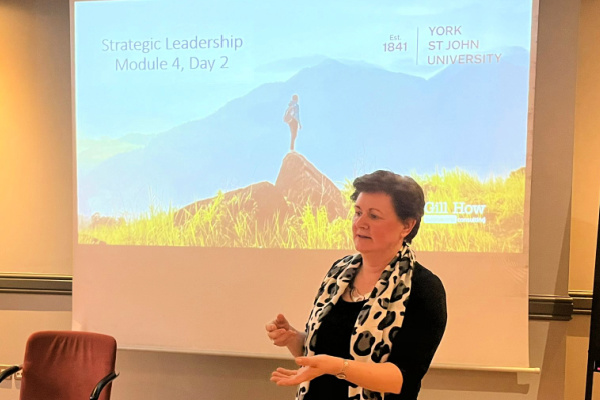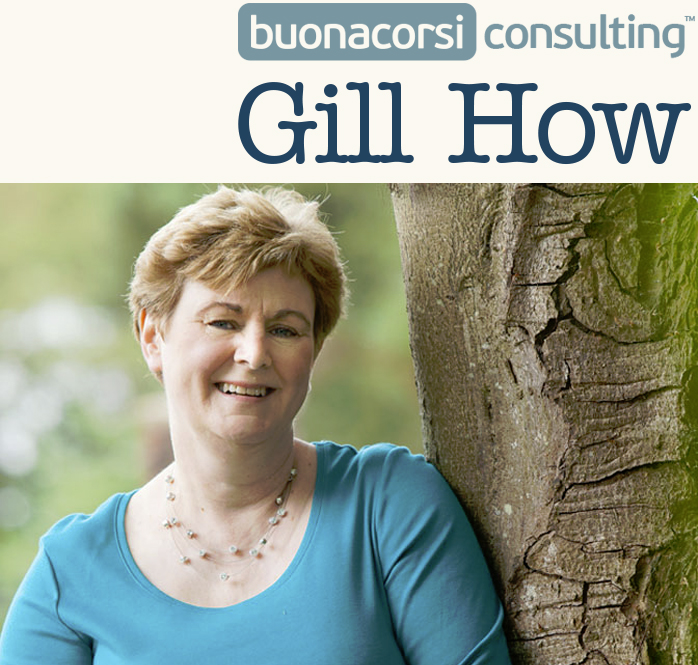
I suggest that you start with how you feel!
As we progress our careers many of us find ourselves needing to be more strategic. Our new Job Description can demand this of us, and yet, what does it mean?
Oxford Languages defines strategic as “relating to the identification of long-term or overall aims and interests and the means of achieving them.”

To me, it’s about the:
- longer term i.e. further into the future; and we might need to look at patterns and trends coming up
- overall i.e. the bigger picture: we may need to expand how we see the current situation and take a wider range of factors into account
- means to achieve the strategy; this can be the resources, methods, tactics, and need to involve other people in its accomplishment.

Those I coach will tell you that I often encourage them to imagine themselves higher up the mountain. From higher up you can see further into the distance, you can also see the pathways, and how things fit together. If you want to, you can also look backwards and see the journey you have already made.
This very simple idea of the mountain seems to help people a lot.
Can you use this idea right now? Can you imagine you are higher up the mountain, facing your challenges? What do you now see? Does this help you with a more strategic perspective?
Once my coaching clients are visualising themselves higher up the mountain, the next thing I ask is for them to describe how they feel. What is energising them about the journey ahead?

It could be:
- they are strong on analysis. They enjoy considering the entire context, the changes needed, and the best (or least worst) strategic option available to move forward
- they are galvanised by working with others. From higher up the mountain they can see other mountains that they want to collaborate with. They can also see how they need to bring along their team with them, and can describe what’s ahead in a way that appeals
- they enjoy taking action, making things happen, and from this the results speak for themselves.
The reason I ask my coaching clients how they feel about the vision ahead, is that when you feel good, when you are energised, you are most likely to be using your strengths.

You can use this knowledge to step into a more strategic perspective by more consciously using your strengths.
The Clifton Strengths Finder from Gallup is one tool to find out what your strengths are that can help you with this.
In this tool, there are four categories of strengths, Strategic Thinking, Relationship Building, Influencing and Executing.
Here are my top 5 strengths and how I can use them in sequence to create, engage and deliver on strategy (follow the colours: green, blue, orange, purple):





How might something like this work for you?
Get in touch if finding out about your strengths, how they make you feel, and how you can use your strengths in becoming more strategic would be valuable to you too.




